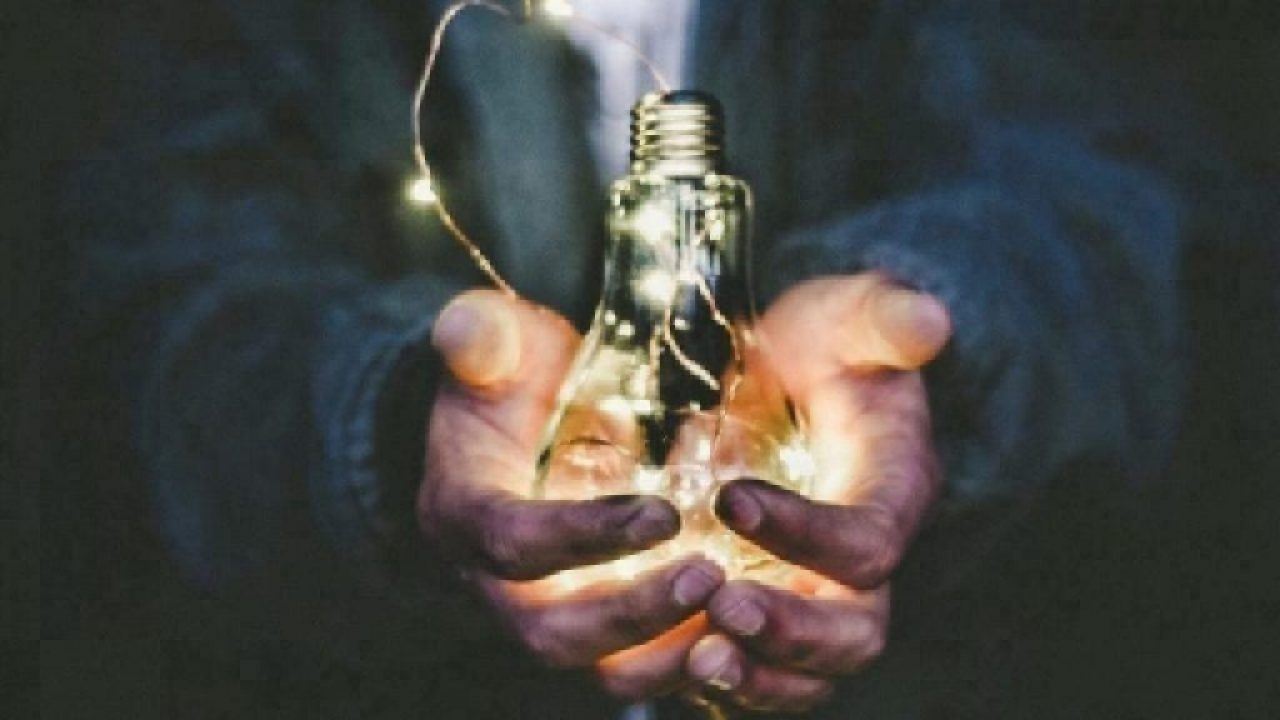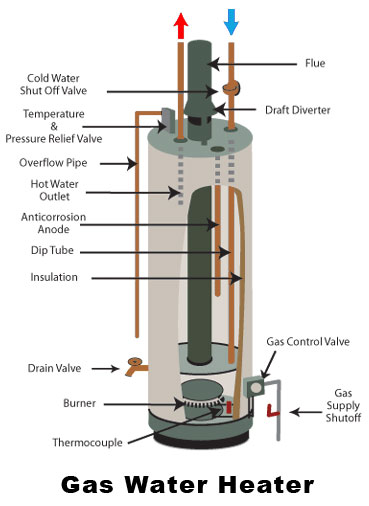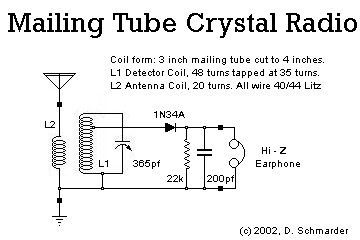Blog: Energy Harvesting Isn’t as New as We Thought
Article By : Bill Schweber

An example is the noble thermocouple, which is commonly used as an energy-harvesting transducer when it's not doing duty as a temperature sensor.
Energy harvesting to capture, save, and use electrical energy — I like to think of it as “scavenging” — is a hot topic, and with good reason. The combination of transducers, energy-capture circuitry, power management ICs, energy-storage elements (battery or supercapacitor), and wireless links, all operating with minuscule power, means it is an effective way to implement self-powered, long-life data acquisition, monitoring, logging, and reporting systems.
Besides its practicality in many but not all of its purported applications, energy harvesting also has that “something for nothing” appeal — even if that consideration is a major exaggeration. Reality is that it takes a lot of careful planning, work, and components to create a viable harvesting solution.
We may think of it as a new development, and today’s sophisticated designs certainly are so. But the basic harvesting idea is not new, not at all. (Note that I am excluding non-electrical harvesting, such as windmills and waterwheels, although they have been around for centuries.)
I realized this very clearly when we had to replace our standard gas-fired water heater. This, of course, involved getting a plumber to do the gas-pipe fitting as well as the water pipes, as required by code, various regulations, and safety; this is not a situation where “almost right” is acceptable at all. I was about to also call for an electrician to do that hookup, but when I checked the water heater, I realized it has no external electrical hookup at all — not an AC line, nor a low-voltage connection via a transformer as in an old-fashioned doorbell. Instead, it has an electrically-operated solenoid valve, which controls the gas flow, based on that switch closure. But what powers the solenoid valve, since there is no electrical power connection to the heater?
The answer is simple: while we normally think of a thermocouple as a temperature-sensing transducer, it has also long been used as an energy-harvesting transducer and power source. In the water heater, the thermocouple is positioned in its always-on pilot light, and the modest amount of power it generates is enough for the valve, see Figure 1.

It’s a fail-safe approach, too: if the pilot light goes out or the thermocouple fails, the solenoid cannot be energized and the valve stays shut, so there is no gas flow. A similar energy-production technique is used to produce several hundred watts for many spacecraft, although with low efficiency, using the heat of plutonium’s radioactive decay captured by a surrounding array of thermocouples. Of course that’s a much newer and much more sophisticated implementation than the thermocouple and water heater, but the underlying concept is the same: use thermocouples as harvesting transducers instead of as temperature-measurement sensors. At a much more mundane level, you can get camping stoves with embedded thermocouple arrays, which generate enough power to run a small airflow-generating fan or power a USB charging port.
There’s another energy-harvesting design that electrical engineers have used for about 100 years: the legendary crystal radio. Comprised of just an antenna, tuning coil, diode, capacitor, and headphones, this radio can capture and demodulate AM broadcasts, with no batteries needed. The received signal itself provides the power to drive the headphones, which must be high-impedance, sensitive units. A crystal radio is a great project for any youngster with a hands-on, build-it, “wow” inclination — and you can find plenty of schematics for them online, see Figure 2. (Yes, AM radio is so “yesterday” and FM is not far behind, but that’s not the point. The crystal self-powered receiver was a wonderful innovation in the early days of mass-broadcast radio, despite its limitations.)
Are there any other harvesting applications of which you are aware, and which require no advanced ICs or perhaps even pre-date our IC era?

Subscribe to Newsletter
Test Qr code text s ss


